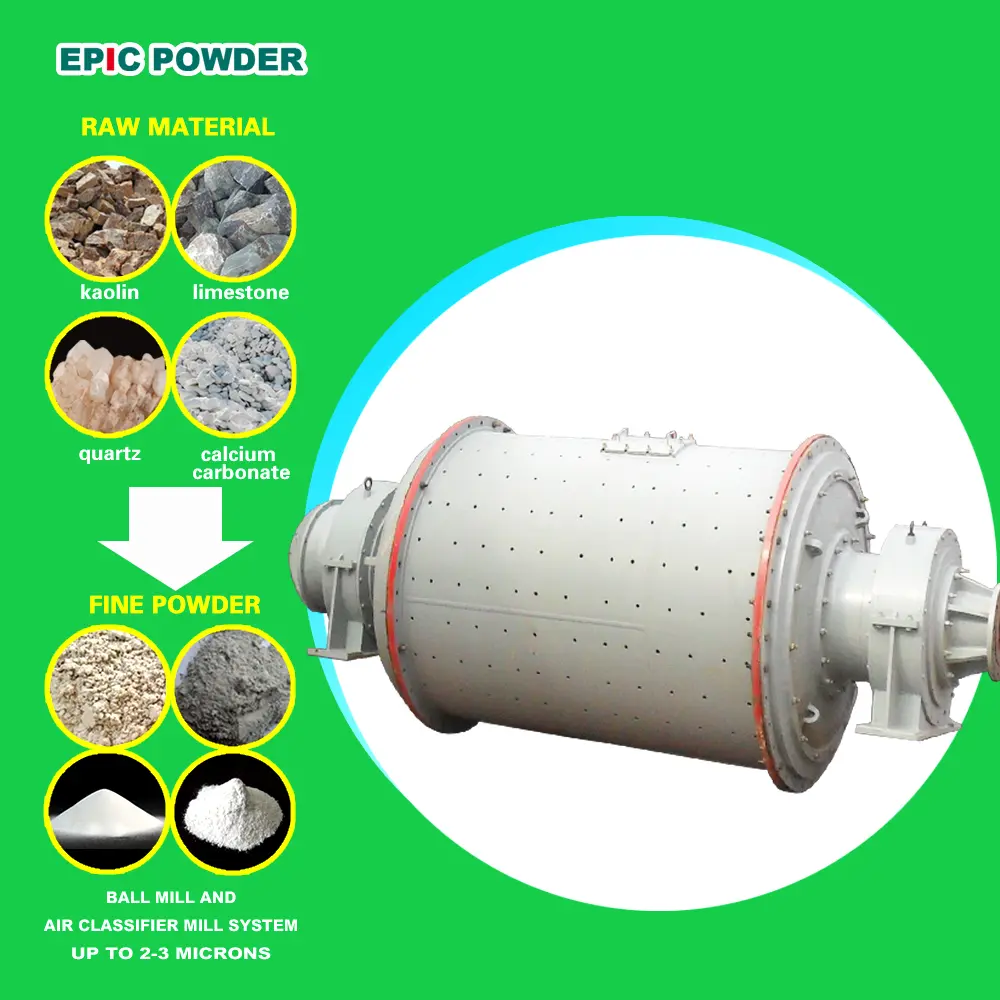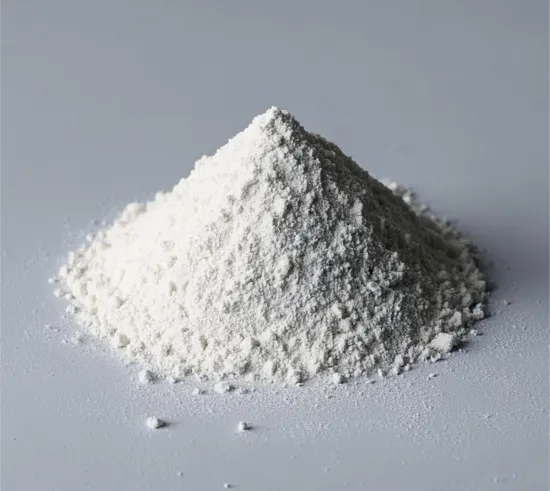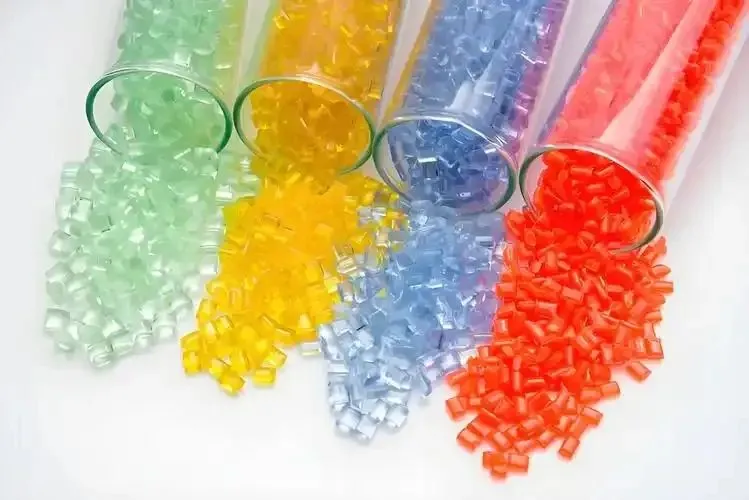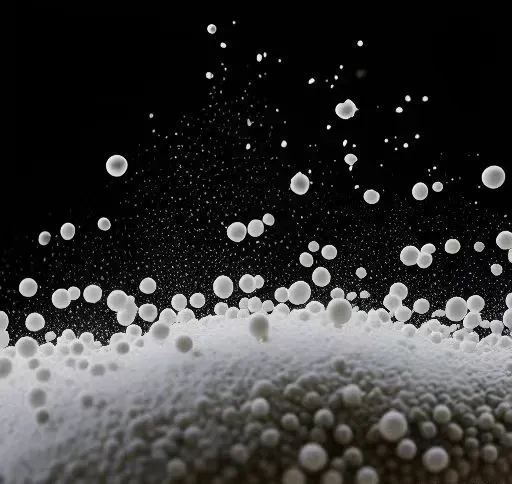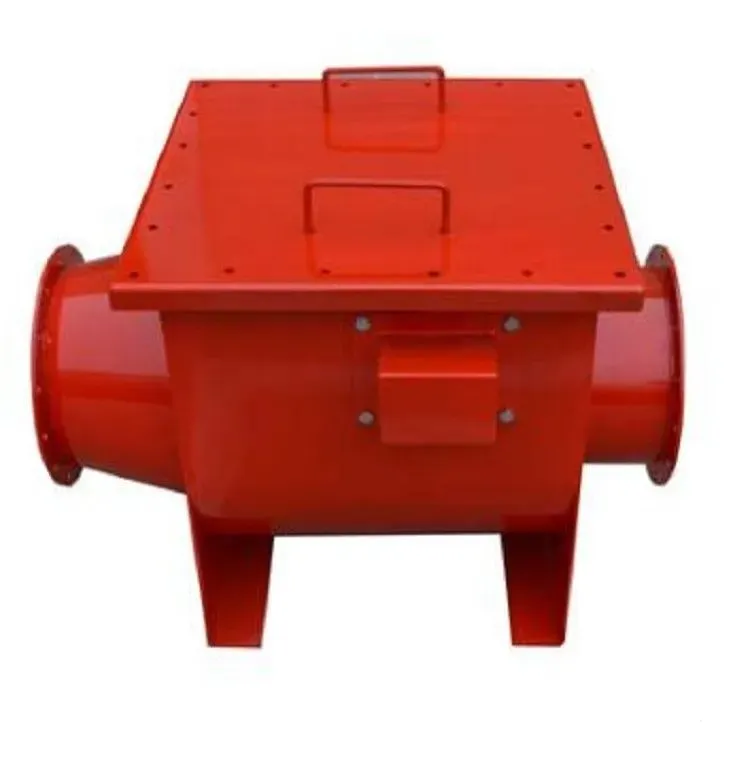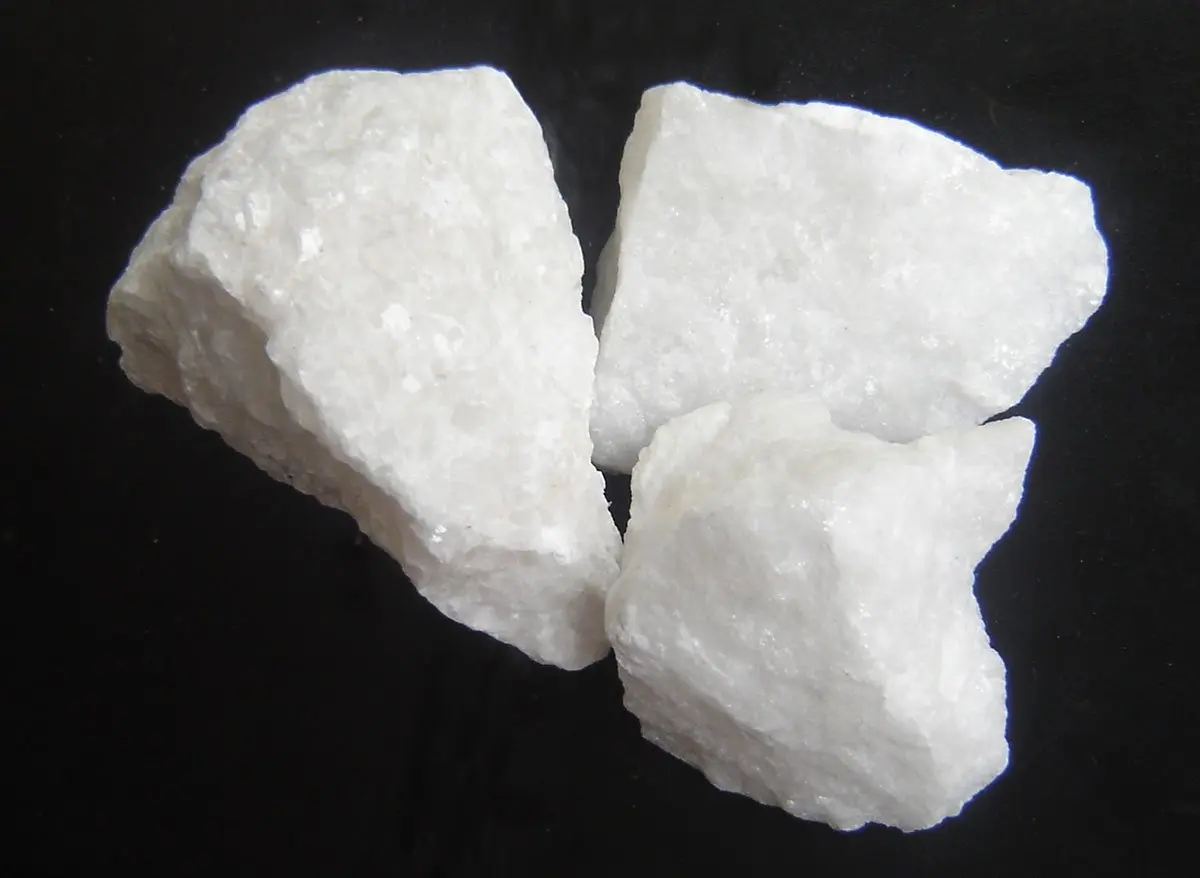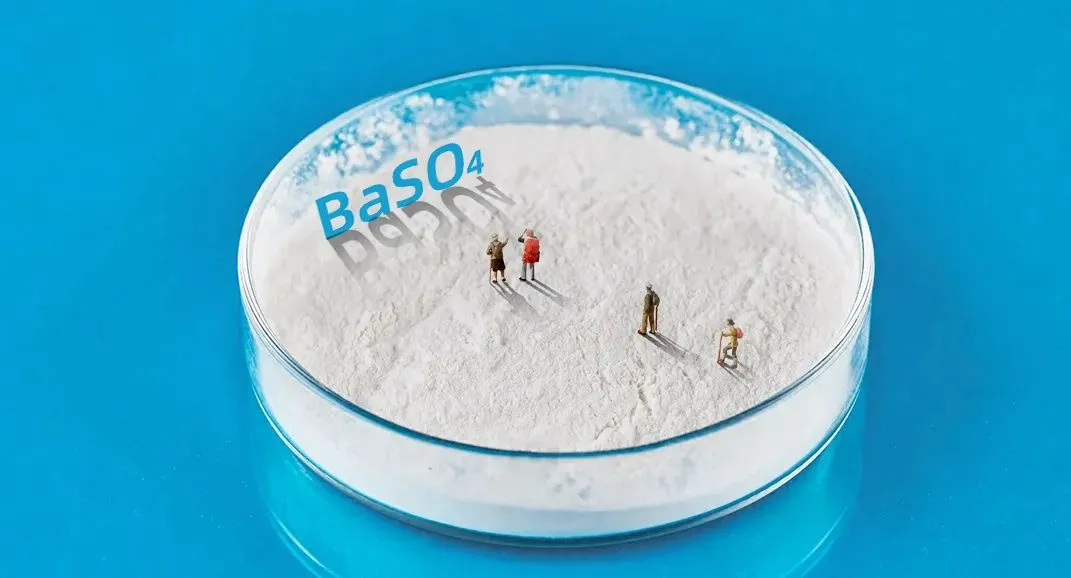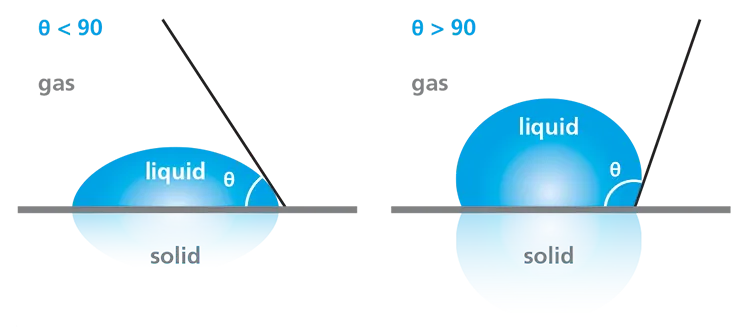Calcium carbonate can improve bonding performance of adhesive. Adding appropriate amount of calcium carbonate powders into adhesive can increase the viscosity and adhesion of the adhesive, thereby improving its coating and adhesion properties.
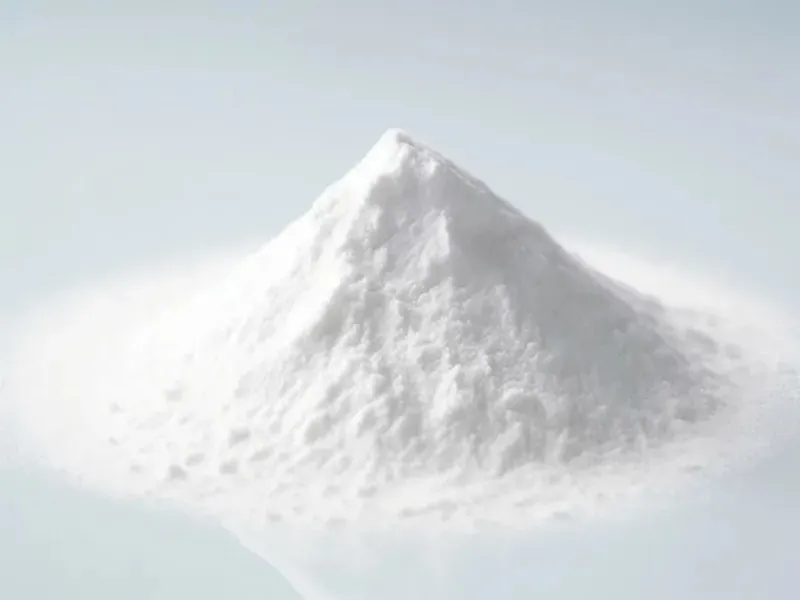
The fine structure and porous properties of calcium carbonate particles can increase the contact area between adhesive and the bonded materials, to enhance the bonding strength. In addition, calcium carbonate can also react physically or chemically with other components in the adhesive to form a stronger bonding structure and improve the adhesiveness.In addition, calcium carbonate can also react physically or chemically with other components in the adhesive to form a stronger bonding structure and improve the adhesion.
Calcium carbonate can increase the stability of the adhesive. Adding appropriate amount of calcium carbonate powders into adhesive can adjust the rheological properties of the adhesive and improve its stability.
Polyurethane adhesive is one of the important varieties of eight major synthetic adhesives. Adding appropriate amount of calcium carbonate into polyurethane adhesive can make the colloid more stable, and improve the water dispersion and precipitation stability of the colloid. At the same time, it can also reduce the viscosity of the colloid to reduce the cost. Therefore, application of calcium carbonate as filler in polyurethane adhesive has become a common choice.
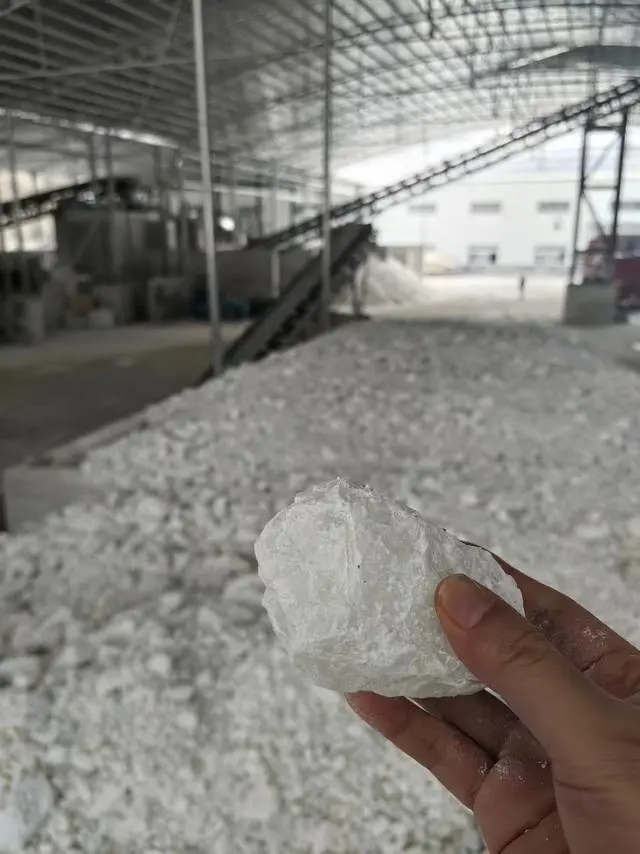
Polyurethane Adhesive
The research and development of polyurethane adhesives of our country started in the 1960s. After the 1980s, research on water-based polyurethane becomes more active. However, compared with the level of large-scale serialized water-based polyurethane adhesive industry abroad, we are still in the development stage. In the 1990s, various industries introduced numerous production lines. A number of foreign-invested enterprises were established, there is an urgent need for localization of imported products. Relevant scientific research institutes and production units speed up their development, new products are continuously emerged.
Polyurethane adhesive refers to adhesive containing urethane groups or isocyanate in molecular chain. According to the reaction composition, it can be divided into polyisocyanate adhesive, polyurethane adhesive, hydroxyl polyurethane adhesive and polyurethane resin adhesive. According to usage and characteristics, it can be divided into general-purpose adhesive, adhesive for food packaging, adhesive for shoes, adhesive for paper-plastic composites, adhesive for construction, adhesive for structures, adhesive for ultra-low temperature applications, foaming adhesive, anaerobic adhesive, conductive adhesive, hot-melt adhesive, pressure-sensitive adhesive, hermetic adhesive, water-based adhesive, and sealing adhesive, etc. However, no matter which types of polyurethane Adhesive, it is a isocyanate group in the system that reacts with a substance containing active hydrogen in or out of the system to form a polyurethane group or polyurea, thereby the strength of the system is greatly increased and the purpose of adhesiveness is achieved.
So far, besides original types of adhesive, solvent-free polyurethane structural adhesive and reactive polyurethane hot melt adhesive which are available in foreign countries are now basically available in our country. Although our polyurethane industry has developed to a considerable scale, it is still lagged behind compared with developed countries.
Characteristics of polyurethane adhesives
Strong adhesion, strong initial adhesion, wide range of application.
Since the -NCO in the molecular chain of polyurethane adhesive can react with a variety of functional groups containing active hydrogen to form interfacial chemical bond combination, it has extremely strong adhesion to various materials. It can not only bond porous materials such as foam plastics, ceramics, wood and fabrics, but also various metals, inorganic materials, plastics, rubber and leather etc. Polyurethane adhesive has a wide range of application.
Outstanding low temperature resistance
At extremely low temperatures, general polymer materials transform into a glassy state and become brittle. Polyurethane adhesive, however, can maintain high peel strength even below -250°C, and its shear strength increases significantly as temperature decreases.
Disadvantages of polyurethane adhesive and improvement methods
- 1. The free isocyanate monomer in polyurethane adhesive is highly toxic. Epoxy-based polyurethanes can be obtained by reacting hydroxyl-terminated cyclic compounds with isocyanate-terminated polyurethane prepolymers, and then these epoxy-based polyurethanes can be formulated into polyurethane adhesives by mixing them with polyamine compounds. This adhesive combines excellent performance of epoxy resin and polyurethane, and it contains almost no free isocyanate monomers, so it is with high solid content. Polyurethane adhesive is now developing towards water-based and solvent-free environmentally friendly green adhesive.
2. Polyurethane adhesive generally cure slowly at room temperature, sometimes taking several days to fully cure. If multi-component compounding is used, room temperature curing time can be significantly shortened, polyurethane adhesive would be more convenient in application.
3. The high temperature resistance of polyurethane adhesive is far inferior to its low temperature resistance. If used in food packaging composite film, polyurethane adhesive needs to be high temperature resistance. The introduction of nano particles can significantly improve its heat resistance, tensile strength, shear strength and peel strength. However, the amount of nano materials added should be appropriate. If excessive , it may destroy the ordered arrangement of the hard segments in some macro molecules and reduce mechanical properties.
Application of polyurethane adhesive
Polyurethane adhesive for automobiles
The introduction of a large amount of lightweight metals, composite materials and plastics in new automobile structures has led to continuously increase demands for adhesive and sealant. The most widely used polyurethane adhesive in automobiles include single-component moisture-curing polyurethane sealants for assembling windshields, structural adhesive for bonding glass fiber reinforced plastics and sheet molded composites, two-component polyurethane adhesive for interior parts, and water-based polyurethane adhesive. Automotive interiors is also an area where the use of adhesive is growing rapidly. For quite a long time in the past, our automobile industry had been importing polyurethane adhesive from abroad. It was not until the Eighth Five-Year Plan period that research and development of polyurethane adhesive had been added into the national key scientific and technological projects.
Water-based polyurethane adhesive, which are widely used in automobiles, refer to adhesive formed by polyurethane dissolved or dispersed in water. Most waterborne polyurethane is linear thermoplastic polyurethane. Since the coating is not cross-linked and molecular weight is low, performance of water-based polyurethane adhesive in water resistance, solvent resistance and film strength is still poor. Therefore, it must be modified to improve the performance. Automotive repair varnish prepared by combination of hybrid dispersion of polyester and acrylic mixed with uretdiones and isocyanurates, does not need high-speed stirring equipment for mixing, since it has good adhesiveness.
Polyurethane adhesive for wood
With the rapid decline of worldwide forest resource and the implementation of natural forest resource protection project, Large boards combined by small pieces of woods require performance of the bonding strength, durability and weather resistance better than that of small pieces of woods. The amount of adhesive used has become a standard to measure the technological development level of wood industry. In the past, wood adhesive used were mostly urea-formaldehyde resins, phenol-formaldehyde resins and melamine-formaldehyde resins with formaldehyde as the main material. However, due to the free state of formaldehyde, formaldehyde gas will be gradually emitted into the surroundings during products used, causing environmental pollution. Therefore, The wood processing industry has begun to turn its attention to new environmentally friendly adhesive, polyurethane adhesive, in order to reduce pollution to the environment.
The one-component moisture-curing polyurethane adhesive used in the woodworking industry is liquid and can be used at room temperature, usually with high bonding strength, good flexibility and water resistance, and can bond to non-wood substrate, such as textile fibers, metals, plastics and rubber etc. Through test, it shows that dry and wet strength of the one-component polyurethane adhesive is better than that of the phenolic adhesive. Before bonding, coating the surface of the bonding substrate with hydroxymethylresorcinol (HMR) coupling agent can improve the bonding strength. HMR can enhance the bonding strength of all thermosetting wood adhesive. When the wood surface is pre-coated with HMR coupling agent, the strength and durability of the one-component polyurethane adhesive can meet most of strict testing requirements.
Polyurethane adhesive for shoes
As a major shoe-making country, after three generations of development of shoe adhesive, the fourth generation of environmentally friendly solvent-free and water-based shoe adhesive has emerged with the improvement of global environmental awareness and the intensification of the oil crisis. In recent years, the technology of waterborne polyurethane has become increasingly mature.
Polyurethane adhesive for packaging
Flexible packaging, also called soft cans, with its unique comprehensive performance such as light weight and convenience, long shelf life, hygiene, easy storage and transportation, easy to disassemble, less garbage, and good shelf effect, has now exceeded rigid packaging, such as plastic, glass bottles and cans. Because of its excellent performance, polyurethane adhesive can bond film materials of different properties together to obtain composite films for flexible packaging with various performance such as cold resistance, oil resistance, chemical resistance, transparent, and wear resistance. At present, in the domestic and foreign markets, polyurethane adhesive has become the main adhesive for composite film processing for flexible packaging. In the domestic adhesive market, the consumption of polyurethane adhesive ranks second only to the shoe making industry in the composite film manufacturing industry for packaging.
There are many types of polyurethane adhesives used for packaging, such as water-based polyurethane adhesive, hot-melt polyurethane adhesive, solvent-based polyurethane adhesive and solvent-free polyurethane adhesive. Among them, commonly used polyurethane hot melt adhesive can be divided into two categories, one category is thermoplastic polyurethane elastomer hot melt adhesive, and the other category is reactive hot melt adhesive. The main disadvantage of thermoplastic hot melt adhesive is of high viscosity, which has a great influence on coating surface quality. Reactive polyurethane hot melt adhesive is a new type of adhesive developed on the basis of traditional hot melt adhesive. It not only has the characteristics of good initial adhesion and excellent post-curing performance of traditional hot melt adhesive, but also has the advantages of polyurethane with variable composition structure and wide performance tuning. Therefore, it has excellent bonding performance to various substrates.
In addition, in terms of water-based polyurethane adhesive for packaging, the use of emulsifier or the introduction of hydrophilic ionic groups in the molecules reduce their water resistance. In recent years, research on improving water resistance of water-based polyurethane adhesive for packaging has become a hot topic. At the same time, because of large heat capacity of water, how to increase its drying speed by increasing its solid content has become one of the urgent problems to be solved.
Polyurethane adhesive for construction
Besides advantage of being non-toxic, pollution-free, and convenient, polyurethane adhesive also have advantages that other adhesive cannot match. It has excellent performance in low temperature resistance, solvent resistance, aging resistance, ozone resistance and bacteria resistance, and plays an important role in application of building paving materials. It is widely used in elastic rubber floor mats, hard rubber floor tiles and plastic track playground.
The new two-component polyurethane adhesive breakthrough the contradiction between the shear strength and peel strength of traditional adhesive, allowing both of them to achieve high strength. Thus it shows excellent performance in bonding steel plates for construction, with strong bonding and deformation resistance. Moreover, the curing speed can be adjusted at room temperature, making the two-component polyurethane adhesive easy and widely used. Polyurethane adhesives are widely used in the bonding of PVC materials for construction, sandwich panel production and waterproof coatings for construction.
Polyurethane adhesive for ink
Water-based ink is listed as the first choice for environmentally friendly printing. Room temperature cross-linked water-based polyurethane adhesive can be used to produce a one-component polyurethane water-based ink suitable for gravure printing. The water-based ink is of high gloss and water resistance, strong adhesion, adjustable dryness, bright colors, clear layers, weather resistance and Controllable viscosity. Compared with other water-based ink, it has wide rage of adaptation to various printing materials.
As a binder for water-based inks, polyurethane-polyacrylate combines multiple performance of polyurethane adhesive and polyacrylate during the drying process of ink film printing, the latex obtained through modification also has good adhesion to ink film.
The base films used in color printing industry mainly include polyester film, nylon film, polypropylene film and polyethylene film. Experts from Tianjiang Chemical corporation remind that the key point in selecting ink is that it should have good adhesion to all of the base films above. A new type of polyurethane adhesive made by mutual reacting of vinyl chloride-hydroxyethyl acrylate copolymer containing hydroxyl groups in the molecules and macromolecular diol, small molecule chain extender, and toluene diisocyanate from Luoyang Tianjiang Chemical New Materials Co., Ltd, can effectively improve the quality of color printing inks.
Polyurethane adhesive for book binding
In the past 20 years, the application of hot melt adhesive in book binding has developed rapidly. This was mainly caused by phenomenal growth in the production of low-priced paperbacks and development of perfect binding process. Since EVA hot melt adhesive has excellent adhesion and elasticity, at present, most of the book binding hot melt adhesive currently used in domestic market is EVA hot melt adhesive. However, high price and with memory are the disadvantages of EVA hot melt adhesive. While Polyurethane hot melt adhesive can make up for these defects. With characteristics of simple production process, lower price, good elasticity and toughness and high bonding strength, the polyurethane hot melt adhesive can be melted and used repeatedly. High utilization provides a broader outlook for polyurethane hot melt adhesive.
For others
Due to excellent bonding performance, polyurethane adhesive plays an increasingly important role in bonding of aerospace equipment, protection and restoration of cultural relics, military industry, stationery, medical and health care etc.
With excellent performance, polyurethane adhesive is widely used in various field and it gradually becomes an important synthetic material in human life. With the gradual expansion of polyurethane applications and the continuous enhancement of human environmental awareness, now the worldwide polyurethane adhesive industry is developing towards the direction of adapting to environmental protection, safety and health and resource recycling. Polyurethane adhesive industry in our country also shows rapid growth, and technological development has made significant progress.
Recommendations for the selection of calcium carbonate in polyurethane adhesive
Choose calcium carbonate with high-purity
When using calcium carbonate in polyurethane adhesive, it is necessary to select high-purity products to ensure that it has an minimum effect on the properties of the polymer. Generally speaking, calcium carbonate with purity of over 98% can meet the usage requirements.Generally speaking, calcium carbonate with a purity of more than 98% can meet the usage requirement.
Choose fine powdered calcium carbonate
When using calcium carbonate in polyurethane adhesive, it is usually recommended to use fine powdered calcium carbonate in order to ensure the processing performance of the polymer. Fine powdered calcium carbonate with higher surface area and better dispersion performance can be dispersed more evenly in the polymer, thereby effectively improving the performance of the polymer
Pay attention to the wettability of calcium carbonate
When selecting calcium carbonate, besides physical properties such as purity and particle sizes, the wettability of calcium carbonate also needs to be considered. Calcium carbonate with better wettability can improve its dispersion in the polymer, thereby improving the performance of the polymer.

